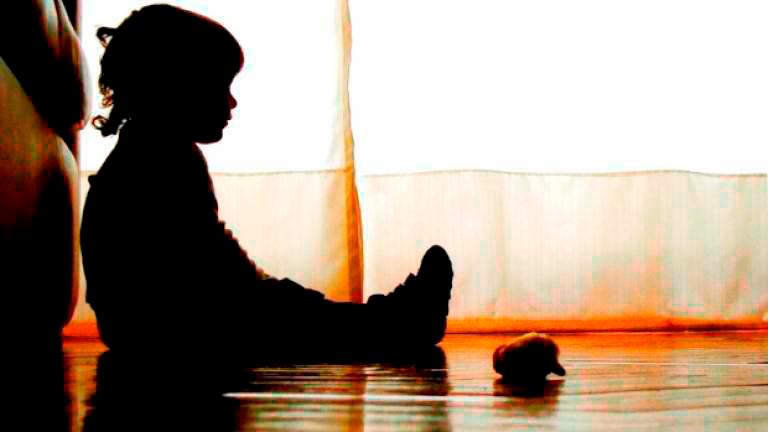THE case of a global organisation in Malaysia, which has garnered wide media coverage, illuminates the degree of ignorance, lack of oversight, lackadaisical attitude and apathy within the organisation and people with vested interest in the organisation.
Mounts of opinion and theories were hurled towards the organisation, with some defending it. The overwhelming response is expected following the discovery of 402 children in multiple shelters across Malaysia.
Allegations of sexual abuse, child trafficking, child abandonment, sodomy, forced labour, sexual grooming, exploitation and other related offences continue to fill our daily news. Certain individuals have been apprehended and remanded in furtherance to the allegations.
The colossal crimes following the discovery of the children in the shelter demonstrate systemic abuse and how sexual violence was carried out with impunity.
As astonishing as this case may be, this is
not the first time a religious organisation has been accused of human trafficking, sexual exploitation and abuse of power.
The first documented case of sexual abuse occurred in 1629 inside the Catholic Church at a school in Rome, followed by countless allegations of sexual abuse, exploitation and neglect in the United States, Europe and other parts of the world.
Malaysia also had its fair share of institutional violence and abuse. Let us not forget the case of some tahfiz schools and religious teachers who were found to have physically or sexually abused their students.
Until recently, we still hear of children
being tormented and sexually abused by their religious teachers or schoolmates.
Despite the plethora of laws available to protect children and vulnerable communities, children continue to be exploited mercilessly and with impunity. Their complaints are often dismissed, disbelieved and not prioritised. It is as if they are invisible or insignificant until a tragedy occurs.
At present, not much is known about how shelters operate and sustain themselves. In most instances, shelters rely on donations and funds from the government, NGO, companies and the public.
Shelters are expected to be a safe haven for people who seek refuge and protection. They are a place where occupants can get food, bedding, clothing and basic amenities.
In most instances, occupants of shelters comprise of vulnerable and marginalised groups such as orphans, trafficked victims, domestic violence victims, the homeless, the disabled and other individuals in need of help.
Shelters would typically have rules to regulate and control the daily activities of the occupants.
Shelters can also be to some extent carceral where rules are designed to restrict, restrain and subjugate their occupants.
Some shelters also impose harsh and punitive sentences on their occupants who breach the shelter rules. In this instance, it will not be far-fetched to describe occupants as captive communities.
Regardless of the nature of shelters, it is imperative to ensure the well-being and welfare of its occupants.
However, it is important to note that a shelter is not a dumping ground for children
or for people who seek to absolve their responsibilities as a guardian.
It is shocking and disturbing to hear that some parents have no other option but to leave their children in the shelter for them to work and earn a decent living. What is more shocking is the allegation of forced labour the parents had to endure.
With all being said, is it fair to completely leave this to the enforcement officers alone? Or is this a case of institutional failure?
There have been comments on how this case reflects institutional failure as a result of inaction and non-responsive attitudes of certain agencies who were alerted of this matter.
A further question that arises is how these shelters have been allowed to operate with impunity, and have there been any complaints by the victims or aggrieved parties?
To answer this, it is pertinent to ensure that we do not engage in victim blaming or victim precipitation, which in general refers to holding the victim accountable or partly accountable for their victimisation.
According to previous studies, there exist certain barriers to reporting malpractice and abuse when it involves religious organisations. These barriers include fears of disclosing to devoutly religious families; attitudes to sex and sexuality in these religious communities; fears of being ostracised; reluctance to “bring shame” to the religious organisation; and cultures of secrecy and abuse.
Children who were brave to disclose their ordeal experienced inappropriate responses or had their complaints dismissed.
In some cases, organisations have attempted to silence victims and their families by threatening them with expulsion or other forms of punishment. There are also cases where victims are coerced or offered a settlement to keep quiet.
Regardless of how we extrapolate the findings in any child abuse issues, we need to be reminded of the trauma that abuse victims face, which could impact their lives.
Trauma does not perish and disappear over time, it lingers and can develop into post-traumatic stress disorder, depression or other mental and health illnesses.
As a society, we need to be vigilant and to be known for having strong moral and ethical values. We need to display our compassion, empathy and humanity when it comes to children, vulnerable groups and voiceless beings.
For now, we can only pray that investigations will be carried out fairly and that the children in the shelter are given enough care, love and support from their families and the community.
The writer is a criminologist and
deputy dean (postgraduate affairs) of the Faculty of Law at Universiti Malaya.
Comments: letters@thesundaily.com









